All about orchid soil
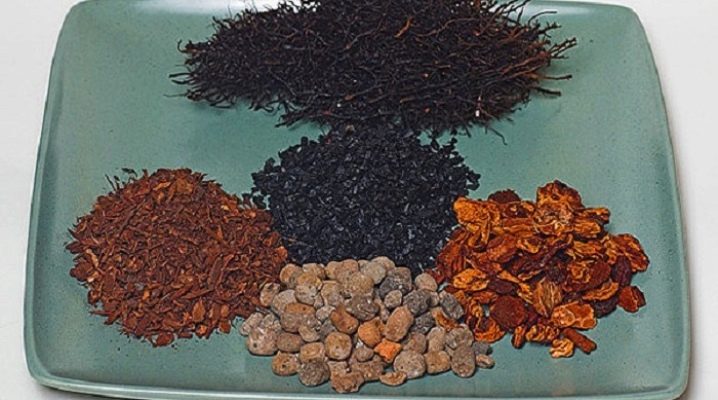
The quality and composition of the soil substrate are important criteria for the full development, growth and flowering of orchids. On sale you can find ready-made substrate mixtures recommended for growing these exotic beauties. Consider which brands are popular with modern flower growers, and whether it is possible to prepare a good substrate for orchids at home. What else a grower needs to know about the substrate required for breeding capricious orchids - this will be discussed in the article.
What substrate is needed for orchids?
In the tropics, which are the natural habitat of these delicate exotic plants, orchids do not grow from the ground at all, as novice growers mistakenly believe. Possessing aerial roots, these sissies receive the necessary moisture from the air, while rocks, thickets of moss, stumps and trees serve as reliable support for them. Ordinary, even very good and fertile soil is not suitable for orchids. Simple soil is not able to create a full-fledged environment for fragile aerial roots that ensures development and growth. For this reason, experienced florists use a special mixture called a substrate to grow exotic plants.
The composition of the substrate and the proportions of its components may depend on the varieties of orchids grown, on their demand for the presence of certain ingredients. Found in modern gardening stores and universal mixtures, suitable for growing most of the known hybrids. The main ingredients of such mixtures are usually:
- peat;
- sphagnum;
- shredded tree bark;
- vermiculite;
- perlite;
- coal;
- humus;
- clean and coarse sand.

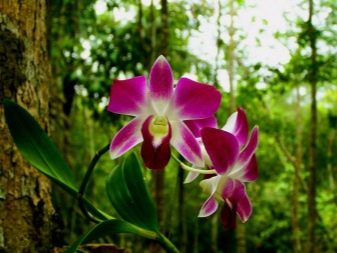
Sometimes quite unexpected components are found in the composition of universal substrates. These include fern roots, coconut and cork fibers, pine cones, foam and volcanic rock fragments.
Depending on the proportions and characteristics of the components included in the composition, the substrate for orchids is air-, light- and moisture-permeable. It allows the roots to get the moisture they need, while providing air and even light for them.
When watering, the water in the substrate does not stagnate, but its components remain moist for a long time. This allows the delicate roots to avoid drying out, which is detrimental to the condition of tropical plants.
Light fragments of the substrate do not put pressure on the fragile aerial roots of orchids, but at the same time provide them with protection from temperature extremes, direct sunlight, mechanical and other damage. The individual components of the mixture also protect the root system of exotics from pathogenic bacteria and pests.
A number of requirements for the soil mixture (substrate) for orchids includes such criteria as:
- environmental friendliness;
- water permeability;
- factionalism;
- breathability;
- ease.
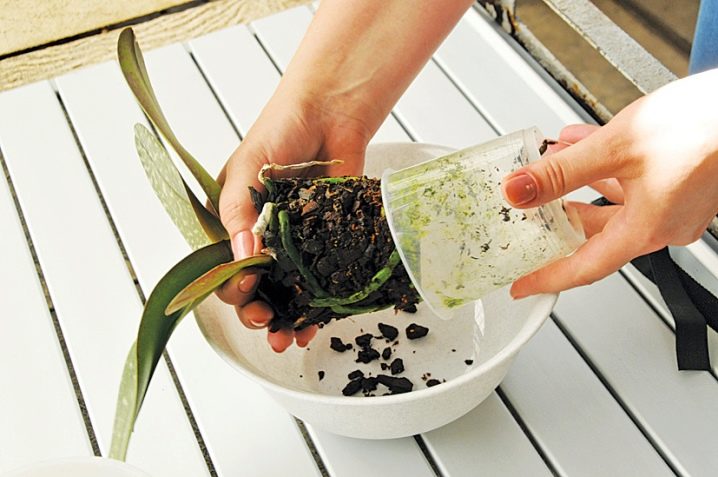
In addition, a substrate suitable for exotic plants is characterized by a loose structure and an ability to retain nutrients. Specialized mixtures designed specifically for growing orchids do not contain small fragments, dusty particles, which lead to caking and compaction of the substrate over time.
When growing orchids, it should be borne in mind that during the flowering period, they consume a large amount of nutrients from the substrate. For this reason it is recommended to transplant plants into a new substrate every 2-3 years, replacing the depleted mixture with it. For transplantation, it is desirable to use a substrate with the same composition to which the exotic is accustomed to during its existence. Before transplanting the plant, the mixture is laid in layers. First, a drainage layer is laid on the bottom of the pot, then the substrate is poured to half of the container, then the drainage is again laid and the filling with another layer of the substrate is completed.
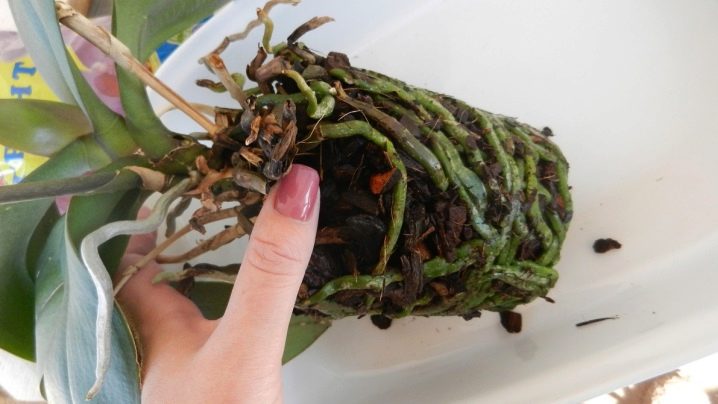
Component Description
When planning to choose the most suitable substrate for exotic pets, you should familiarize yourself with the features of each component. Modern manufacturers producing such mixtures very carefully monitor not only the recipe and proportions of ingredients, but also pay a lot of attention to the quality and properties of all components.
Shredded tree bark (usually pine) is one of the essential basic ingredients found in almost all types of substrates. Less commonly, flower growers use oak or birch bark. Bark fragments provide the necessary nutrition for plant roots, maintain oxygen access and maintain an optimal level of moisture. For self-preparation of the substrate, you need to use the bark removed from old, felled (but not living and still growing) trees or stumps.
Before preparing the mixture, the bark must be thoroughly heat treated.
Sphagnum moss is another basic ingredient required to maintain optimal moisture and root nutrition. Being hygroscopic, moss absorbs harmful salts in hard water. In addition, this ingredient gives the mixture lightness, airiness and friability, which are important for the delicate root system of exotic plants.

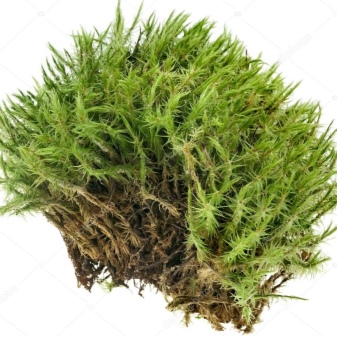
Peat is an organic ingredient often found in mixes for breeding and rooting exotic plants. It is mainly used to give the substrate looseness, as well as to provide additional nutrition to orchids.
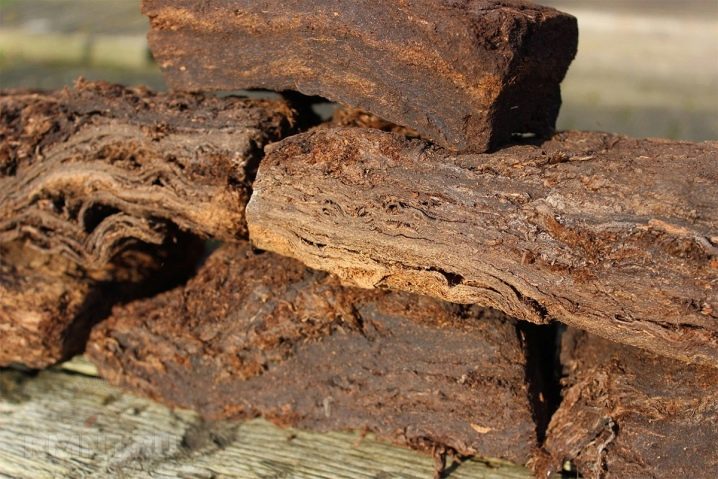
Vermiculite and perlite are substances used in mixtures to improve aeration. Both components are used as drainage, providing air access to the plant root system. In addition, the use of these agents improves the water-holding properties of the substrate, which allows for longer intervals between waterings.
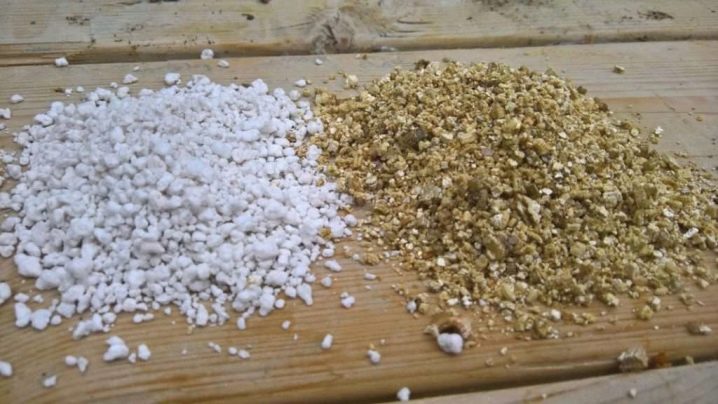
Charcoal is an important ingredient with bactericidal and sorbing properties. Due to the presence of this component in the composition of the substrate, excess moisture does not stagnate in the pot, and harmful microbes and fungi do not harm the roots of plants. Besides, Given the antibacterial properties of charcoal, flower growers recommend using it in the form of a fine powder for processing slices on orchids.
Humus is a traditional component of many soil mixtures, which can sometimes be found in the composition of the substrate for orchids. This organic ingredient provides exotics with additional nutrition, especially important during the flowering period.
However, it is not recommended to abuse the amount of humus in a homemade substrate, since in a wet state it can reduce the looseness of the mixture by making it dense.
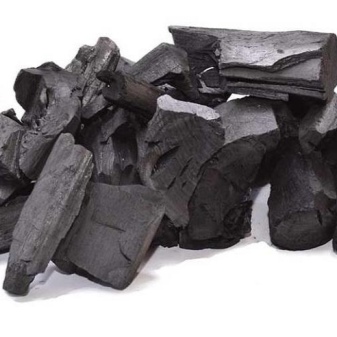
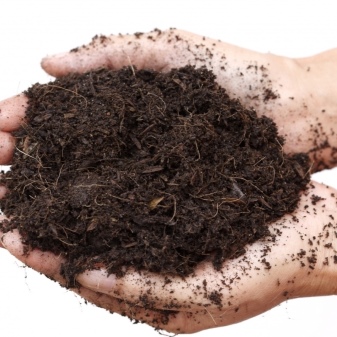
Clean coarse sand is a component often used in soil mixtures. The addition of this ingredient to the composition makes the substrate moisture permeable and lightweight. Thanks to the sand, the water in the pot does not stagnate, which reduces the risk of root rot and the development of fungal infections.
Coconut chips are a fairly exotic organic ingredient used in soil mixes for exotic plants. With their spongy structure, the chips retain moisture, leaving the mixture breathable. Florists use this component in order to improve the friability of the substrate. This environmentally friendly material is also known for its durability - it can be used for 5-8 years.
Coconut chips are not destroyed by moisture, maintain the lightness and structure of the soil mixture, providing additional resistance to the plant.
Coconut and cork fibers are organic components that improve the aeration properties of the soil mixture. Thanks to these ingredients, the substrate does not cake, does not get into lumps, maintaining its airiness and lightness.
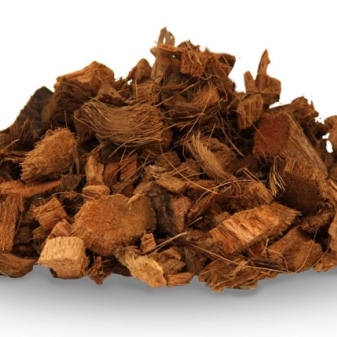
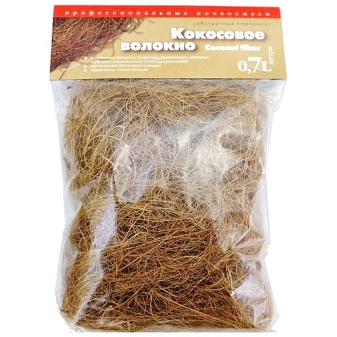
Fern roots are a natural ingredient in many soil mixtures with a fibrous structure. Improves the air permeability of the substrate, provides the necessary support and nutrition for the root system. Experienced growers use this component with caution, since its increased content makes the substrate unnecessarily moisture-intensive, which can lead to waterlogging and, as a result, root rot.
Pine cones are another natural ingredient found in exotic soil mixtures. To prepare a homemade substrate, small fragments of cones that have previously undergone heat treatment are used.
Drainage elements are an important ingredient in orchid soil mixtures, providing air access to the roots and the resistance of the plants themselves. As a drainage, flower growers usually use expanded clay fractions, small pieces of foam, as well as crushed stone and gravel. The drainage layer must be placed on the bottom of the pot, thereby ensuring easy drainage of excess liquid from the roots.


Popular brands
In modern stores, you can find a wide range of substrates of various brands. The products of individual manufacturers are deservedly popular and in demand from flower growers due to the optimal formulation of mixtures and good quality components.
"ZeoFlora"
"ZeoFlora" is a well-known trade mark, under which various types of soil mixtures, substrates and soil improvers are produced. As the main component in the composition of soils for orchids, this manufacturer uses zeolite-containing minerals, which actively absorb and retain moisture and nutrients in their structure. Thanks to these properties, the intervals between watering and dressing are increased. The substrate of this brand can be used both alone and in a mixture with other components.
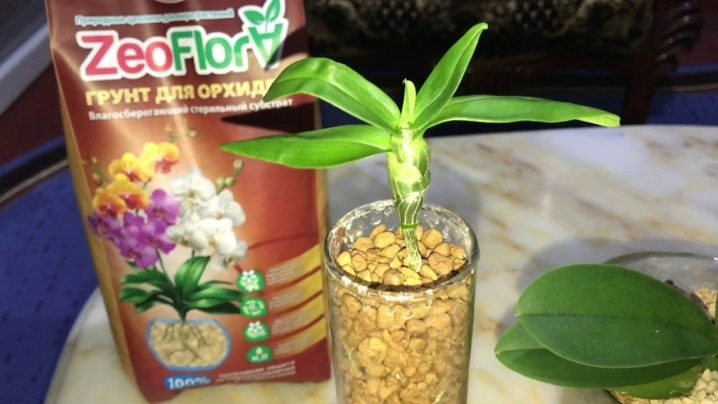
And also it is used as a mulching material that maintains the required level of moisture in the pot.
"Orchiata"
Orchiata is a trade mark that produces high quality natural plant substrate. The main component of these products is specially processed New Zealand pine bark. According to the testimonials of flower growers, large (6-9 mm) porous fractions of pine bark hold water and nutrients well, and their rough surface allows the roots to easily attach and stay in the substrate. According to flower growers, the substrate of this brand is best suited for young orchids with a poorly developing root system.

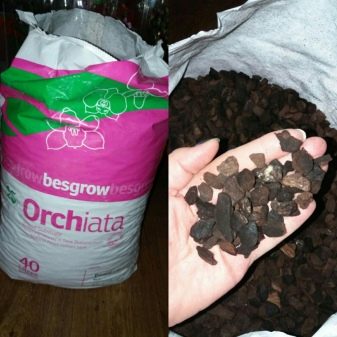
Compo Sana
Compo Sana is a German brand that produces a nourishing moisture-resistant substrate for orchids. This product has a light airy structure that provides unhindered access of oxygen to the roots of exotic plants. The main ingredients of the substrate are pine bark fractions and peat.

EffectBio
EffectBio is a brand that produces a wide range of substrates and soil conditioners for orchids. The company offers various types of soil mixtures for exotics with fractions of large, medium and small sizes. The composition of the substrates is represented by environmentally friendly and natural components, the main of which is the bark of the Angara pine.

"Fasco"
Fasco is a trade mark representing a wide range of substrates and soil mixtures for exotic plants.The main component is crushed Angara pine bark, processed in a special way. As additional ingredients, the manufacturer uses high-quality peat, coal, expanded clay fractions.

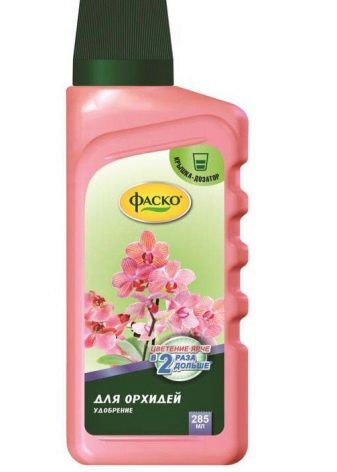
"Seramis"
"Seramis" is a very popular trade mark, the products of which are highly valued by plant breeders. The brand offers orchid substrates made from lightweight porous granules of various sizes. Among the main components used by the manufacturer for the manufacture of substrates are declared: tree bark, branded clay granulate, complex organic and mineral fertilizers.
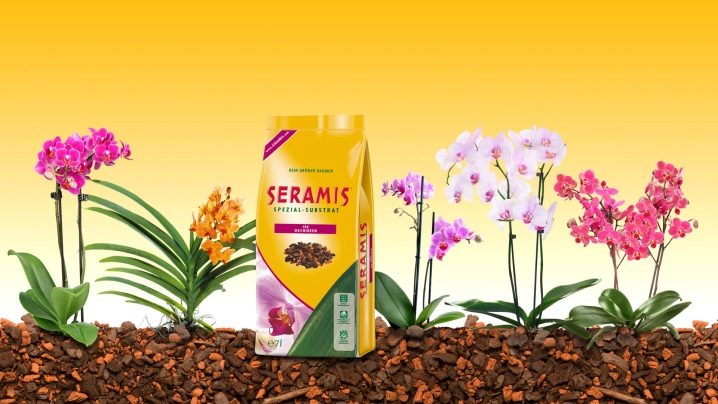
How to cook with your own hands?
Experienced florists consider the preparation of the substrate at home a rather difficult task. The main problem is the acquisition of base and auxiliary ingredients, which must be environmentally friendly and of high quality. In this case, some components for homemade soil mixture will have to be manually modified. This primarily applies to pine bark and cones, which contain a large amount of resin.
Both the bark and the cones should be heat treated before preparing the mixture, for which the components are boiled for several hours. After digestion, the bark and cones are thoroughly dried and crushed into pieces 1-2 centimeters in size.
Sphagnum, which is the base ingredient, can be purchased at a specialized store. Before preparing the substrate, it should be soaked in water for a couple of hours.
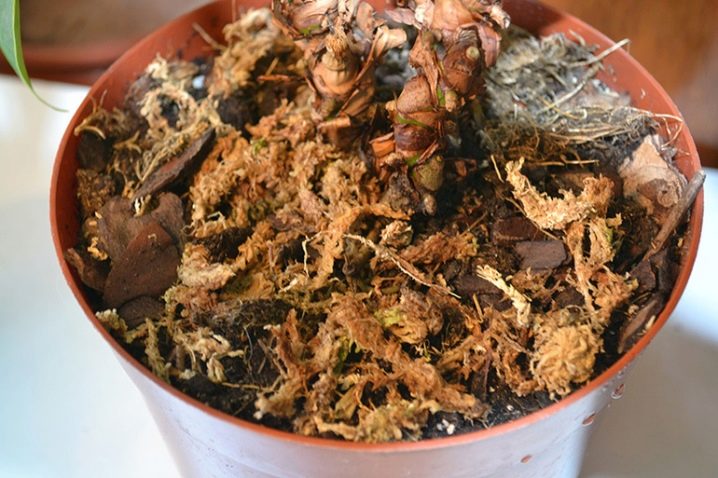
To make the soil mixture for orchids breathable, sphagnum, coarse sand, dry fern roots, coconut fiber, cork material are added to the fractions of the pine bark. To provide additional nutrition for plant roots, it is recommended to add peat and deciduous humus to the mixture.
Clean crushed stone, small pieces of expanded clay or polystyrene are used as drainage.
To make the simplest substrate, you will need to mix bark, sphagnum, peat or fern roots and charcoal. The most popular blend recipe uses ingredients such as:
- 5 parts of bark;
- 3 parts sphagnum moss;
- 1 part charcoal.
If you have fern roots or peat at hand, the resulting mixture can be supplemented with 1 part of any of the components or 1 part of each.
You can also use such a simple recipe that will allow you to prepare a good substrate for orchids grown in greenhouses. It provides for the preparation of a mixture of pine bark and crushed charcoal, taken in proportions of 5: 1, respectively.
Some growers use the following substrate recipe when the orchid is deficient in nutrients:
- deciduous land - 3 parts;
- crushed pine bark - 1 part;
- crushed charcoal - 1 part.
All components are mixed and 1 part of peat is added to the mixture. The combination of deciduous soil and peat in this case will make it possible to replenish the plant's need for nutrients, and the bark fractions will be able to provide the necessary looseness of the mixture. Coal in this recipe acts as a sorbent and antibacterial component.
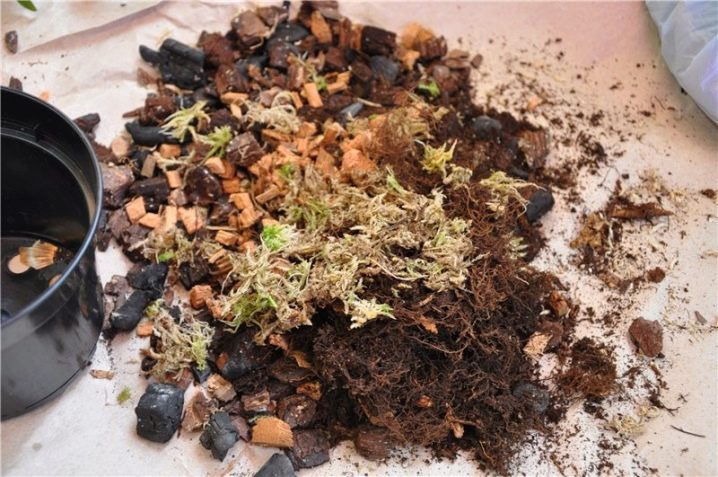
Soil treatment
Before planting an orchid in freshly prepared or recently purchased substrate, you should pay a little attention and time to its processing. Often, soil for orchids (especially of dubious origin) becomes a source of spread of pathogenic bacteria and viruses. There are cases when a poor-quality soil mixture was the cause of plant infection with dangerous pests.
For processing, a weak solution of potassium permanganate (potassium permanganate) is used. The substrate is spilled with this solution, after which it is dried. The substrate is moistened before planting.
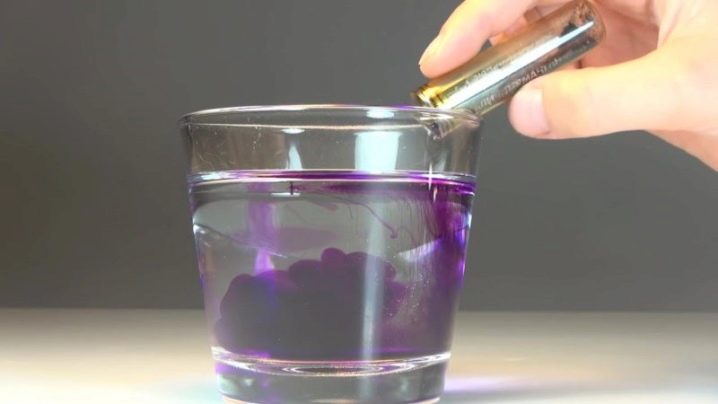
Some growers use a weak solution of potassium permanganate for preventive soil treatment. Watering with this solution is carried out once a month.Plant breeders argue that this procedure allows you to disinfect the substrate and destroy potential sources of threat in it (bacteria, viruses, parasite larvae). You should not abuse such watering, so as not to dry out the soil mixture and not harm the plant.
For information on which soil is suitable for orchids, see the next video.































The comment was sent successfully.